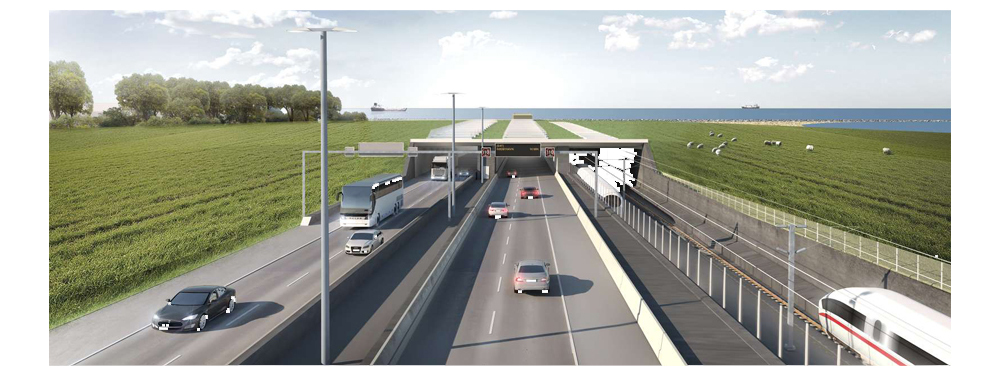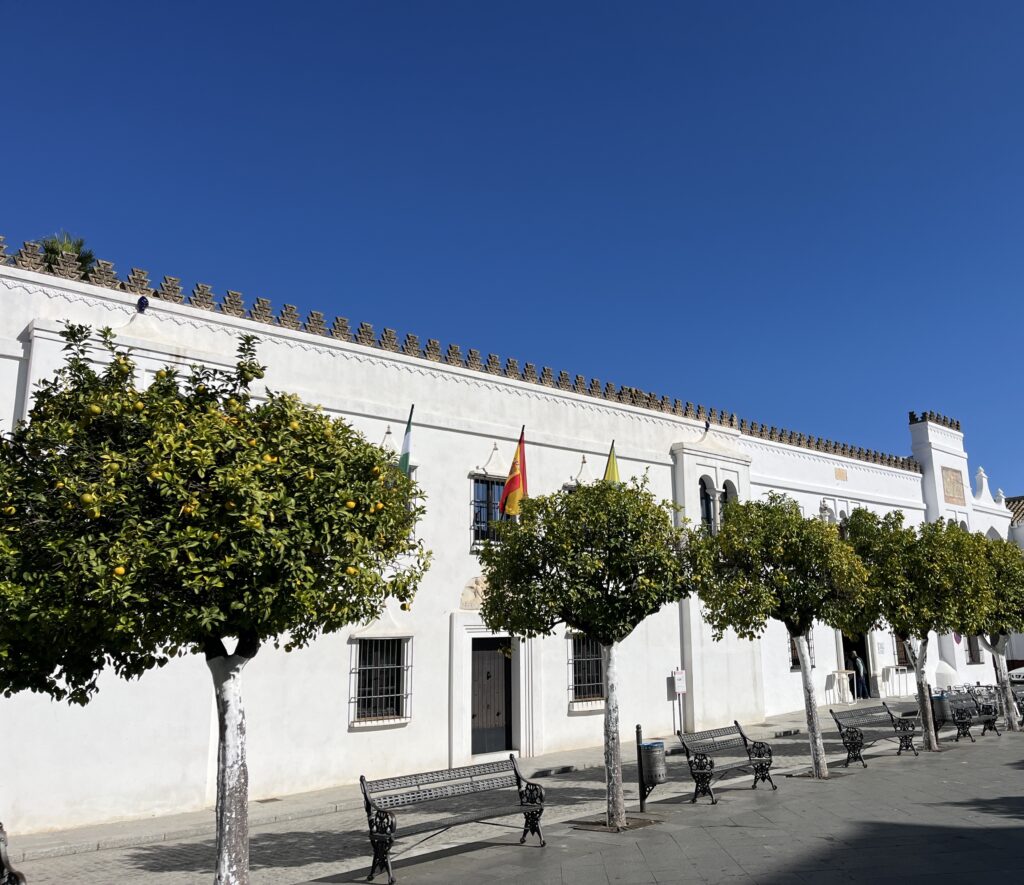For over two years, the SICE-COBRA consortium has been immersed in the execution of Denmark’s most significant submerged infrastructure project and one of the most ambitious in Europe: the construction of the continent’s largest underwater road-rail tunnel.
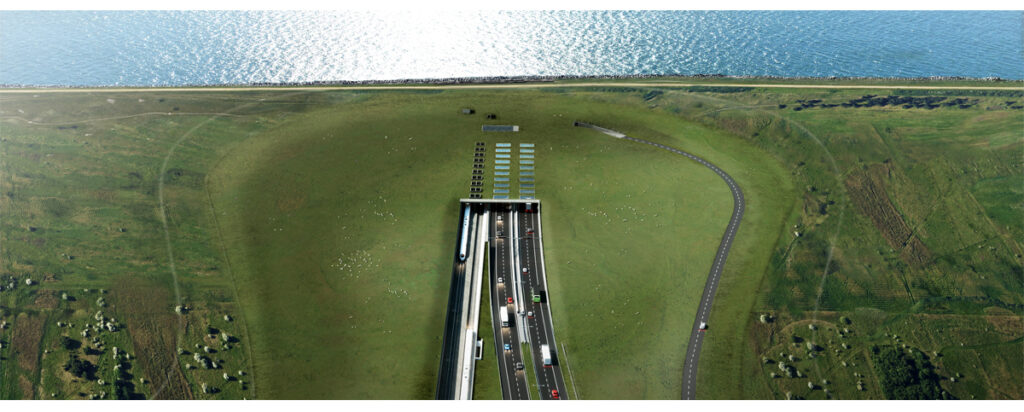
Denmark boasts an advanced infrastructure that includes an extensive network of roads, railways, state-of-the-art port facilities, and airports: infrastructures that facilitate and enhance mobility and connectivity between its communities, conceived from a “green” perspective of sustainability and efficiency. Emblematic examples are the bridges connecting the islands of Zealand and Funen, and the future fixed link that will unite the islands south of Zealand with Germany.
In this context, the Fehmarnbelt Tunnel will allow users to cross from insular Denmark to continental Europe in record time: 10 minutes by car and just 6 minutes by train. Currently, this crossing is only possible by ferry or via bridges located in northern continental Denmark, which entails considerable time and fuel costs.
The Fehmarnbelt Tunnel will feature five tubes: two for road traffic, two for rail traffic, and a service gallery. The BIM methodology, a collaborative tool that facilitates project conception and management, optimizing both design and execution phases, will be used for its construction. This infrastructure will generate a smoother flow of people and goods in northern Europe, expanding the north-south corridor of the TEN-T network, reducing travel times, facilitating transit through the Nordic countries, and representing a significant advancement in the vision of a more connected, efficient, and sustainable Europe.
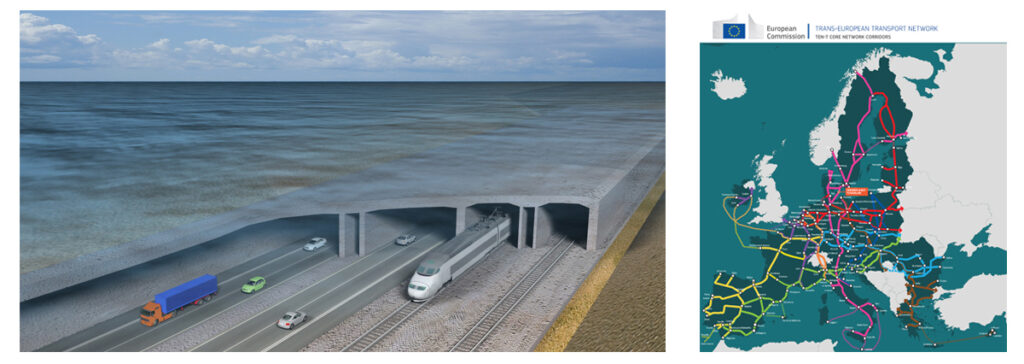
Femern A/S, a 100% publicly-owned Danish construction company, leads this colossal project. The SICE-COBRA consortium is responsible for the MEICA package, encompassing mechanical, electrical, instrumentation, control, and automation systems, in what constitutes one of the largest projects ever undertaken by SICE to date.
One of the most innovative systems within the infrastructure is the detection and tracking system for hazardous goods inside the tunnel, an added safety measure for users and one of the greatest challenges for any critical infrastructure. Additionally, SICE will implement the market-leading SIDERA centralized management system, whose innovative technology will control the infrastructure and manage tunnel traffic.
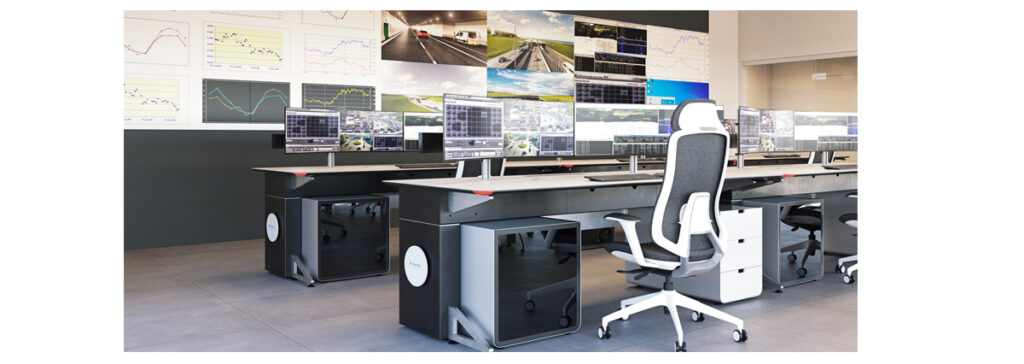
Once completed, the Fehmarnbelt Tunnel will span 18 kilometers and will be submerged in the seabed using an innovative construction method, which involves submerging prefabricated tunnel sections from the world’s largest concrete factory. A total amount of steel equivalent to 50 Eiffel Towers will be used. From an energy standpoint, the tunnel will be entirely powered by green energy generated nearby, underscoring the commitment to sustainability.
Placed in a trench, the tunnel will gradually be covered by nature, thus regenerating the underwater ecosystem in the medium and short term. This approach is not only innovative but also environmentally friendly, preserving the seabed as much as possible.
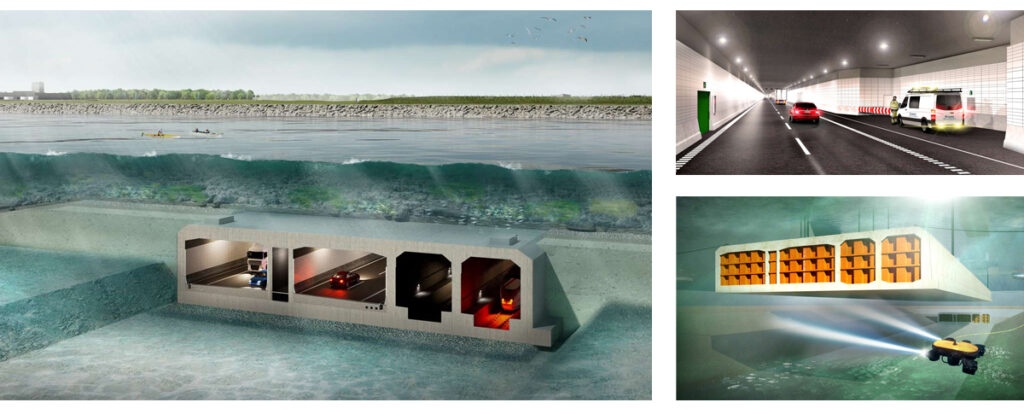
The project, with a total budget of 55.1 billion Danish kroner and co-financed by the European Union, is scheduled for completion and opening in 2029.
This work is one of the largest and most cutting-edge in Europe today, and its inclusion in the European TEN-T network will significantly enhance mobility and transportation in the region, boosting the EU’s internal market with a reduced environmental impact.
